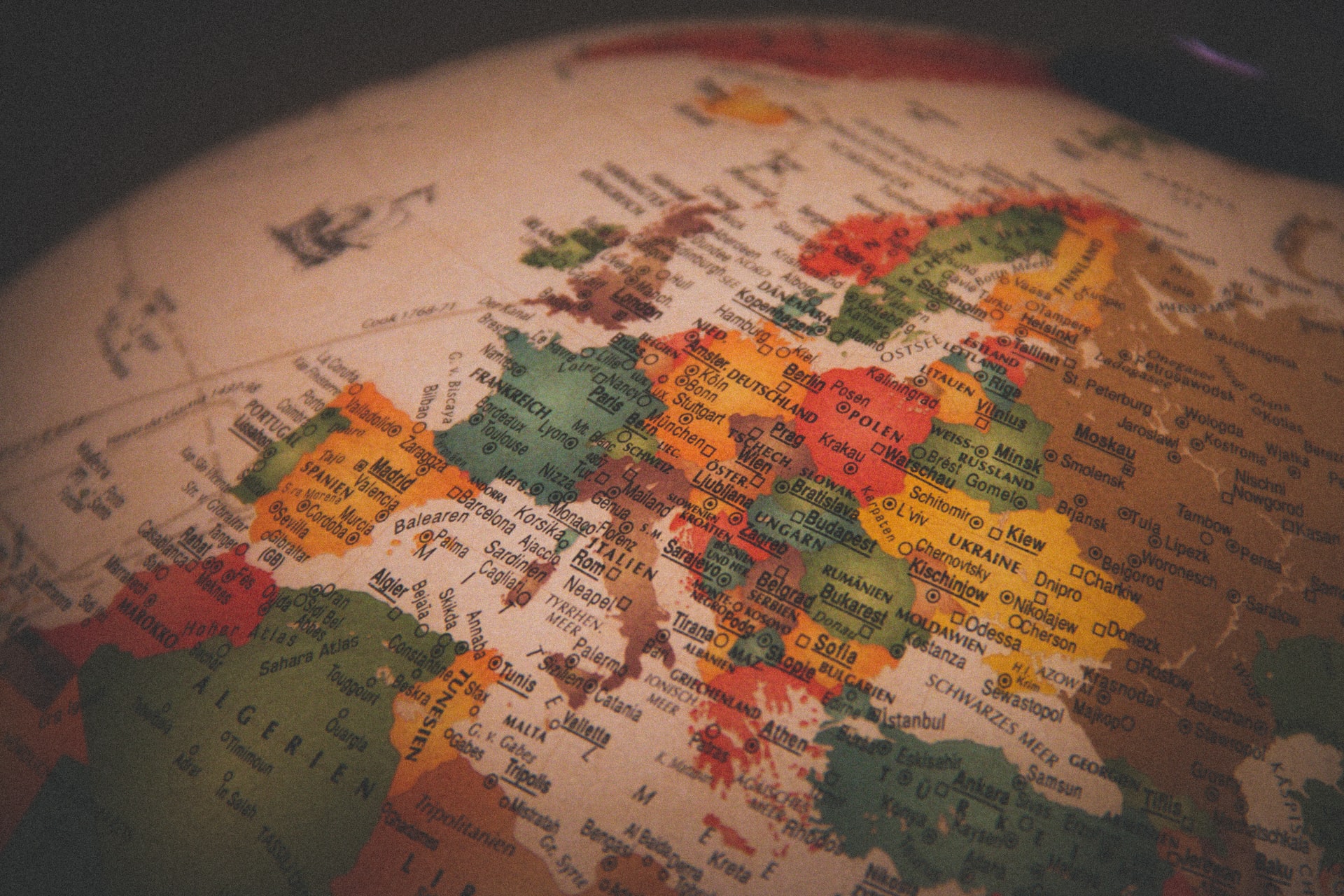

Europe is going to need a whole load of hydrogen imports
There is no argument: Europe, including the UK, needs to end dependence on Russian fossil fuels as rapidly as possible. In the short-term, that means more LNG (liquefied natural gas), but that only kicks the can down the road in terms of decarbonisation.
While burning natural gas is a better option than coal, fugitive emissions from production may be undoing much of the benefit. A 2020 study by the Environmental Defense Fund found that 3.7% of natural gas produced in the Permian Basin leaked into the atmosphere.
To wean ourselves off Russian gas and decarbonise industries from steelmaking to manufacturing and transport, clean hydrogen is going to be required in vast quantities and that means huge amounts of renewable energy to produce it.
While Europe has substantial renewable energy resources to draw upon, particularly the UK with its abundance of offshore wind, it won’t be nearly enough to provide the clean hydrogen needed to replace all of Europe’s natural gas.
A recent analysis suggests it would require an area one third the size of Germany covered in solar PV panels to produce enough clean hydrogen to replace the continent’s entire fossil fuel imports.

While Europe has substantial renewable energy resources to draw upon, particularly the UK with its abundance of offshore wind, it won’t be nearly enough to provide the clean hydrogen needed to replace all of Europe’s natural gas.
Fortunately, we will not be relying solely on solar PV for the production of renewable hydrogen. As mentioned, the UK has considerable offshore wind resources, some of which is already being leveraged for clean hydrogen production, with many more projects on the horizon.
There are also plans afoot to import clean hydrogen into Europe.
On March 22, the European Commission put hydrogen imports at the centre of its plans for security of supply and affordable energy prices as it seeks to phase out Russian fossil fuels, including a suggestion states invest in hydrogen-compatible LNG import capacity and hydrogen infrastructure.
The EU aims to produce up to 1 million metric tonnes of renewable hydrogen per year by 2024, and 10 million mt per year by 2030 under its Hydrogen Strategy. It has since increased its target to include imports of 20 million mt per year by 2030 to replace 25-50 bcm per year of imported Russian gas.
Imports will cover about half of Europe’s hydrogen needs by 2050, according to a report last year from the World Energy Council.
Plans to build hydrogen import infrastructure are already underway. Just last week, Volpak of the Netherlands and German-Dutch gas system operator Gasunie announced plans to develop terminal infrastructure in northwest Europe, including the Netherlands and Germany, to import clean hydrogen.
Deals to obtain supplies of clean hydrogen are also being lined up. Germany’s biggest utility, EON, said in April it is looking to import of up to 5 million tonnes per year of green renewable hydrogen from Australia to Europe by 2030 (corresponding to approximately one-third of the calorific energy Germany imports from Russia).

Germany’s biggest utility, EON, said in April it is looking to import of up to 5 million tonnes per year of green renewable hydrogen from Australia to Europe by 2030 (corresponding to approximately one-third of the calorific energy Germany imports from Russia).
It will purchase the fuel from Australian green energy company Fortescue Future Industries (FFI), which is planning to exploit the country’s abundance of sun and space to produce 15 million tonnes of clean hydrogen a year by 2030 and 50 million tonnes by 2050.
FFI also signed an agreement last year with Ryze Hydrogen and JCB to acquire 10% of its clean hydrogen output over the coming decades.
A wide array of countries with the resources to produce cheap clean hydrogen are also in the frame for future import deals.
In March, German companies Uniper and Hydrogenious signed a deal with the UAE energy major ADNOC and JERA Americas to build a supply chain for the import of low-carbon hydrogen using Liquid Organic Hydrogen Carriers (LOHC) technology. German energy firms RWE, Steag and GEWEC also plan to ship low-carbon ammonia (a potentially cheaper way of transporting hydrogen) to Germany.
On May 2, Germany signed an agreement with India to explore the development of clean hydrogen imports.
Other countries looking to produce clean hydrogen for export include Namibia, which announced a $9.4 billion production project last year, Brazil and the United States.
There are also sources closer to home. In March, Germany and Norway announced plans to fast-track a feasibility study on the transport of green hydrogen using a pipeline from the Nordic nation. Further ahead is a potential 350 km pipeline from Esbjerg in Denmark to Hamburg in Germany, transporting clean hydrogen to northwest Europe.
Less advanced, but also possible, are clean hydrogen exports from Scotland, which is expecting to produce a surplus of the fuel from its vast offshore wind resources.
Building a global hydrogen economy is going to involve creating new trade relationships between countries with all the work that involves. But the end result will be a low-carbon world with greater energy security that will no longer fund the activities of aggressive actors such as Russia. The future is bright.
If you want to learn more about HYCAP click here.